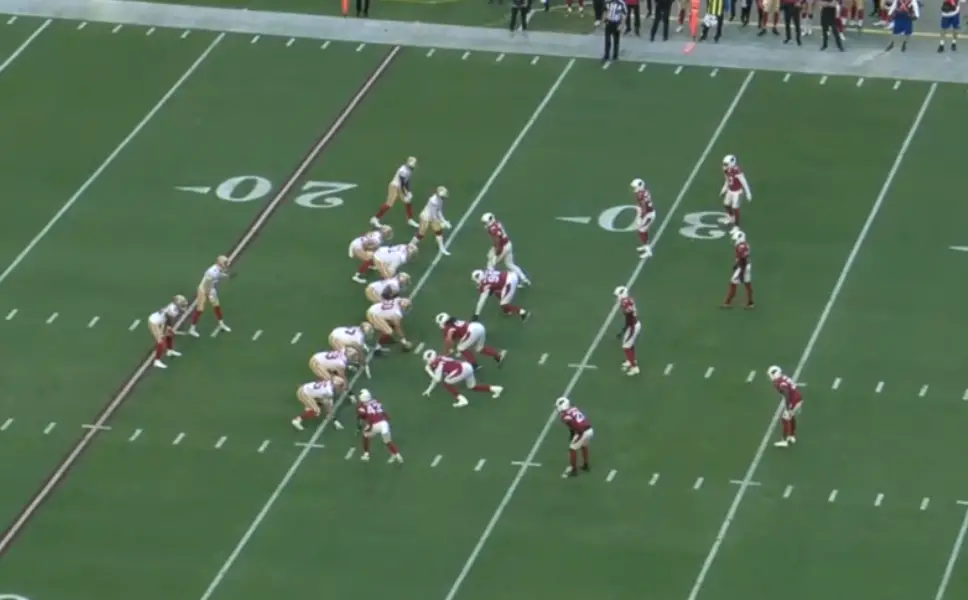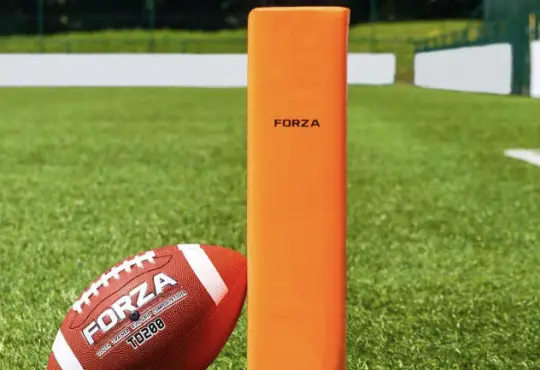
Doubling Down: Understanding 12 Personnel in Football
Football is a sport defined by strategy and formation. The 12 personnel package is a term frequently heard in football circles, representing a specific offensive formation that can give teams an edge in various game situations. In this blog post, we’ll dive into what 12 personnel means in football, its advantages, and how teams utilize this formation to gain a competitive advantage on the field.
What is 12 Personnel in Football?
In football terminology, “12 personnel” refers to a specific offensive formation that involves one running back (RB) and two tight ends (TE). The number before “personnel” denotes the number of running backs, while the number after denotes the number of tight ends.
In 12 personnel, the formation typically consists of the following players:
- Quarterback (QB): The player who receives the snap from the center and orchestrates the offense.
- Running Back (RB): The primary ball carrier who can run the football and catch passes out of the backfield.
- Two Tight Ends (TE): The tight ends are positioned on either side of the offensive line. They can serve as blockers, pass catchers, and red zone targets.
- Wide Receivers (WR): Typically, there are two wide receivers on the field in 12 personnel, though teams may vary this based on their game plan.
Advantages of 12 Personnel
The 12 personnel package offers several advantages for offensive teams:
- Versatility: This formation provides flexibility by having two tight ends who can contribute as both blockers and pass catchers. This versatility keeps the defense guessing about the play’s intent.
- Run-Pass Options: With a running back and two tight ends, 12 personnel allows teams to easily shift between running and passing plays. This can keep the defense off balance.
- Red Zone Efficiency: Having two big-bodied tight ends on the field increases the offense’s red zone efficiency. They can be utilized as targets for touchdown passes or to create openings for other players.
- Pass Protection: Tight ends can assist in pass protection, helping to keep the quarterback upright against aggressive defenses.
Common Plays in 12 Personnel
Teams often deploy various plays and strategies in 12 personnel to exploit its advantages:
- Play-Action Pass: Play-action passes can be highly effective, as the defense must respect the threat of a run with two tight ends and a running back on the field.
- Power Running: Teams can use 12 personnel to establish a powerful running game, relying on the tight ends to create lanes for the running back.
- Two-Tight End Sets: The tight ends can run routes to create mismatches against slower linebackers or smaller defensive backs, allowing for successful passing plays.
- Bootleg Pass: Quarterbacks can execute bootleg passes, rolling out to one side while tight ends and receivers adjust their routes to provide passing options.
Conclusion
In football, the 12 personnel formation is a strategic choice that brings versatility, balance, and unpredictability to an offensive scheme. With a combination of a running back and two tight ends, teams can effectively run the ball, execute play-action passes, and create favorable matchups in the passing game. This formation keeps defenses on their toes, making it a valuable tool in a team’s offensive playbook. So, the next time you hear “12 personnel” during a game, you’ll understand the power and potential it brings to the gridiron.






